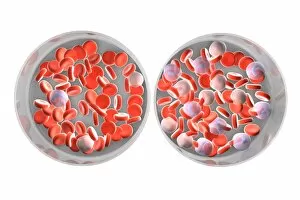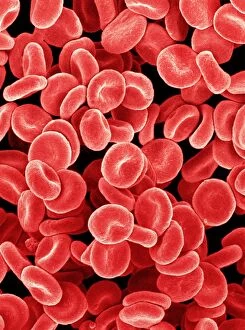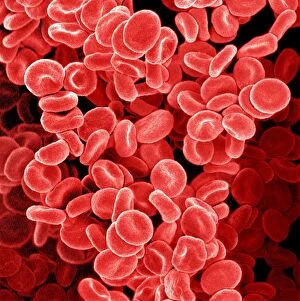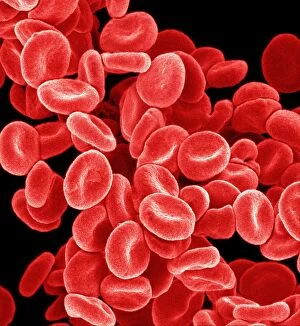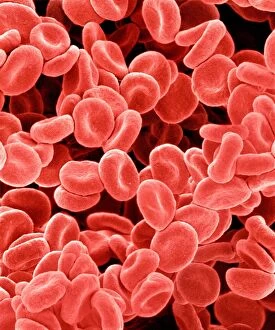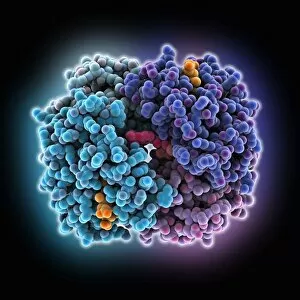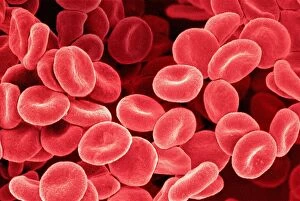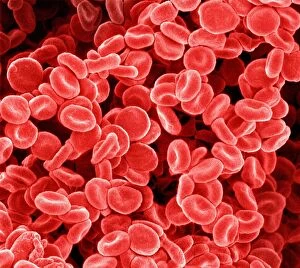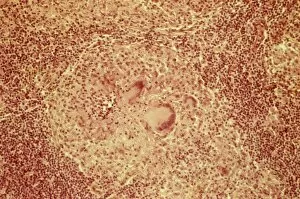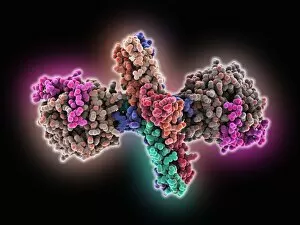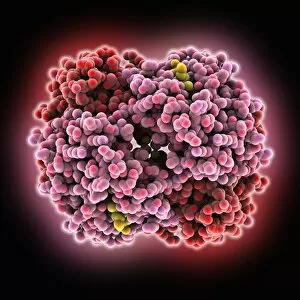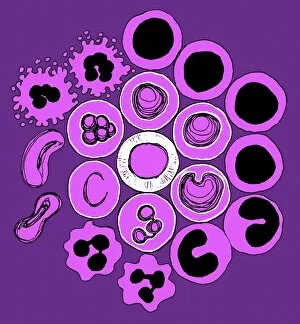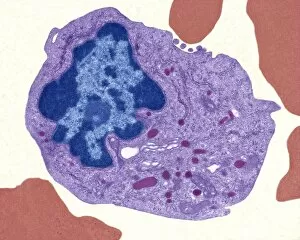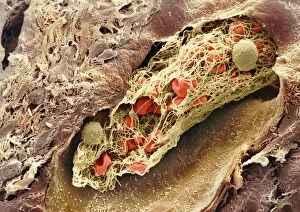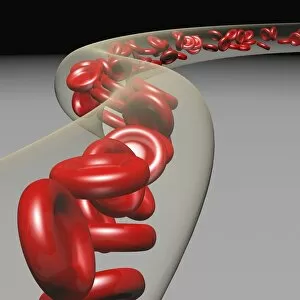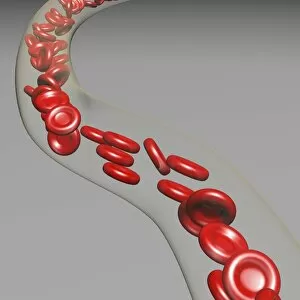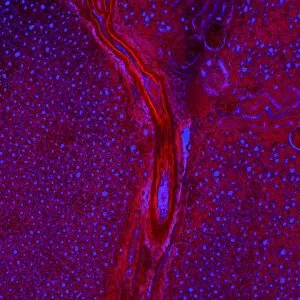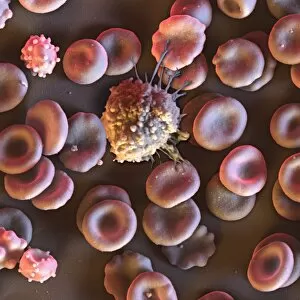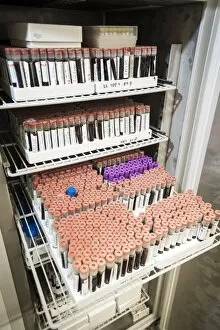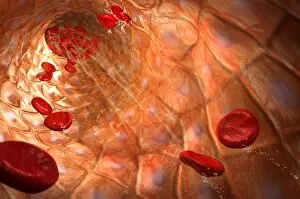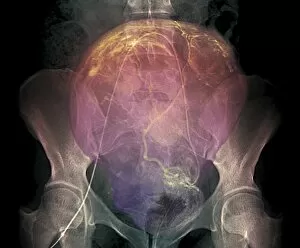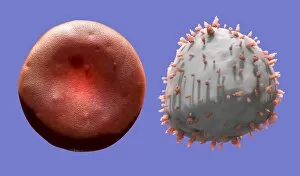Haematological Collection (#4)
"Exploring the Intricate World Marvels
For sale as Licensed Images
Choose your image, Select your licence and Download the media
"Exploring the Intricate World Marvels: From Blood Coagulation to Leukaemia" Delve into the mesmerizing realm of haematology with a captivating artwork showcasing the intricate blood coagulation cascade (Artwork C016 / 9873). Witness the enigmatic Dohle bodies within a blood cell through a powerful micrograph, unraveling their significance in haematological diagnostics. Behold the stunning beauty of red blood cells captured by a scanning electron microscope (SEM), revealing their unique structure and function. Uncover the haunting reality of Acute Promyelocytic Leukaemia through an evocative micrograph, shedding light on this devastating blood disorder. Immerse yourself in an artistic portrayal of lymphocyte white blood cells, celebrating their vital role in our immune system's defense against pathogens (Artwork). Get up close and personal with a striking SEM image capturing the intricate details of a blood clot formation, highlighting its crucial role in wound healing and preventing excessive bleeding. Explore the fascinating world of haematopoietic stem cells through a remarkable SEM image (C013 / 5009), marveling at their ability to give rise to all types of mature blood cells. Journey into the microscopic realm as you witness myeloblasts and promyelocytes under light microscopy, providing insights into early stages of white blood cell development. Peer into an extraordinary TEM image depicting macrophages interacting with lymphocytes, offering glimpses into how these immune cells collaborate for optimal defense against infections. Experience awe-inspiring SEM images capturing white blood cells alongside platelets (C016 / 3099 & C016 / 3098), illustrating their collective effort in maintaining our body's delicate balance between immunity and clotting mechanisms.

